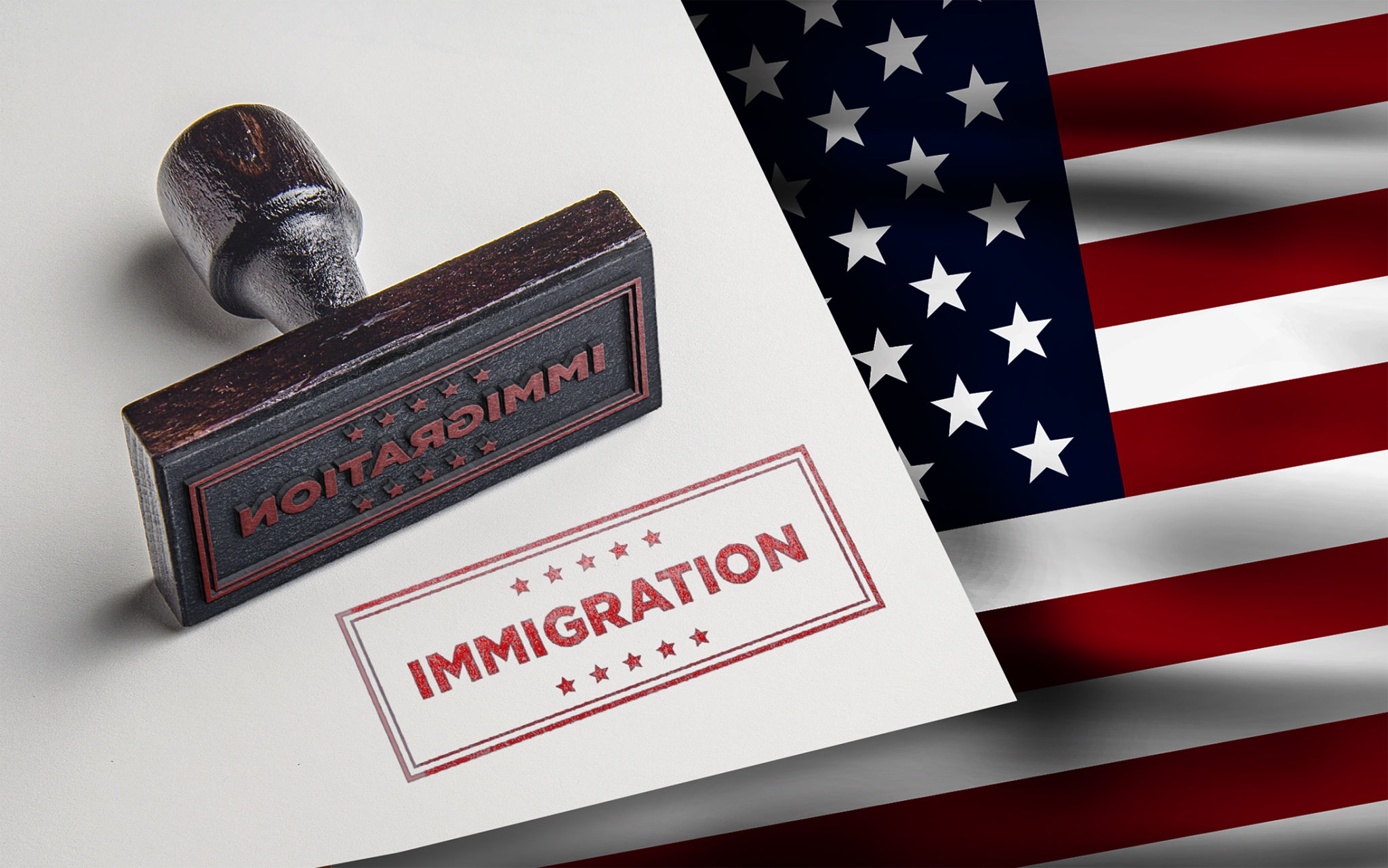Navigating Border Control Issues: Insights from Arizona
Understanding the Complexity of Border Control in Arizona
Arizona, with its extensive border with Mexico, plays a crucial role in the United States' border control efforts. Navigating the complexities of border control in this region requires a nuanced understanding of numerous factors, including legal frameworks, human impact, and ongoing policy changes. This blog post aims to provide insights into these aspects, helping individuals and businesses effectively navigate border-related issues.

The Legal Landscape of Border Control
The legal framework governing border control in Arizona is multifaceted. It involves federal laws, state regulations, and international agreements. Key among these is the Immigration and Nationality Act (INA), which provides the foundation for immigration law in the U.S. Additionally, Arizona has implemented its own state laws to address local concerns, which sometimes intersect with or diverge from federal statutes.
Understanding these laws is essential for anyone involved in cross-border activities. It's important to stay informed about any changes, as policies can shift rapidly in response to political and social dynamics. Businesses operating in this region should consult with legal experts to ensure compliance and avoid potential pitfalls.
Challenges Faced by Individuals and Businesses
Individuals and businesses alike face numerous challenges related to border control in Arizona. For individuals, these may include visa issues, lengthy wait times at border crossings, and the need for proper documentation. Businesses, particularly those in logistics and trade, must navigate customs regulations, tariffs, and potential delays that can impact supply chains.

To mitigate these challenges, it is advisable for businesses to establish strong relationships with customs brokers and legal advisors. Regularly updating knowledge on tariffs and trade agreements can also help streamline operations and reduce the risk of costly disruptions.
Human Impact and Humanitarian Concerns
The human aspect of border control cannot be overlooked. Arizona's border region witnesses a significant number of migrants seeking entry into the U.S., often under challenging circumstances. Humanitarian concerns arise from issues such as family separation, detention conditions, and access to legal assistance.
Organizations working on the ground play a vital role in addressing these humanitarian issues. They provide support services such as legal aid, shelter, and medical care to those in need. Engaging with these organizations can offer businesses and individuals a way to contribute positively to the community while navigating border control intricacies.

Policy Changes and Their Impact
Border control policies are subject to change based on shifts in political leadership and broader international relations. Recent years have seen significant policy changes affecting everything from asylum procedures to border wall funding. Staying informed about these changes is critical for anyone dealing with border issues in Arizona.
Businesses should consider how policy changes might affect their operations, from workforce availability to cross-border trade dynamics. Proactively adapting strategies can help mitigate risks associated with sudden policy shifts.
Strategies for Effective Navigation
To effectively navigate border control issues in Arizona, consider the following strategies:
- Stay Informed: Regularly monitor news sources and official announcements regarding policy changes.
- Build Relationships: Develop relationships with key stakeholders such as customs officials, legal experts, and local organizations.
- Engage in Advocacy: Participate in advocacy efforts to influence policy decisions that affect your community or business.
- Utilize Technology: Leverage technology solutions for real-time tracking of shipments and compliance management.
By adopting these strategies, individuals and businesses can better manage the complexities of border control in Arizona, achieving both compliance and operational efficiency.
